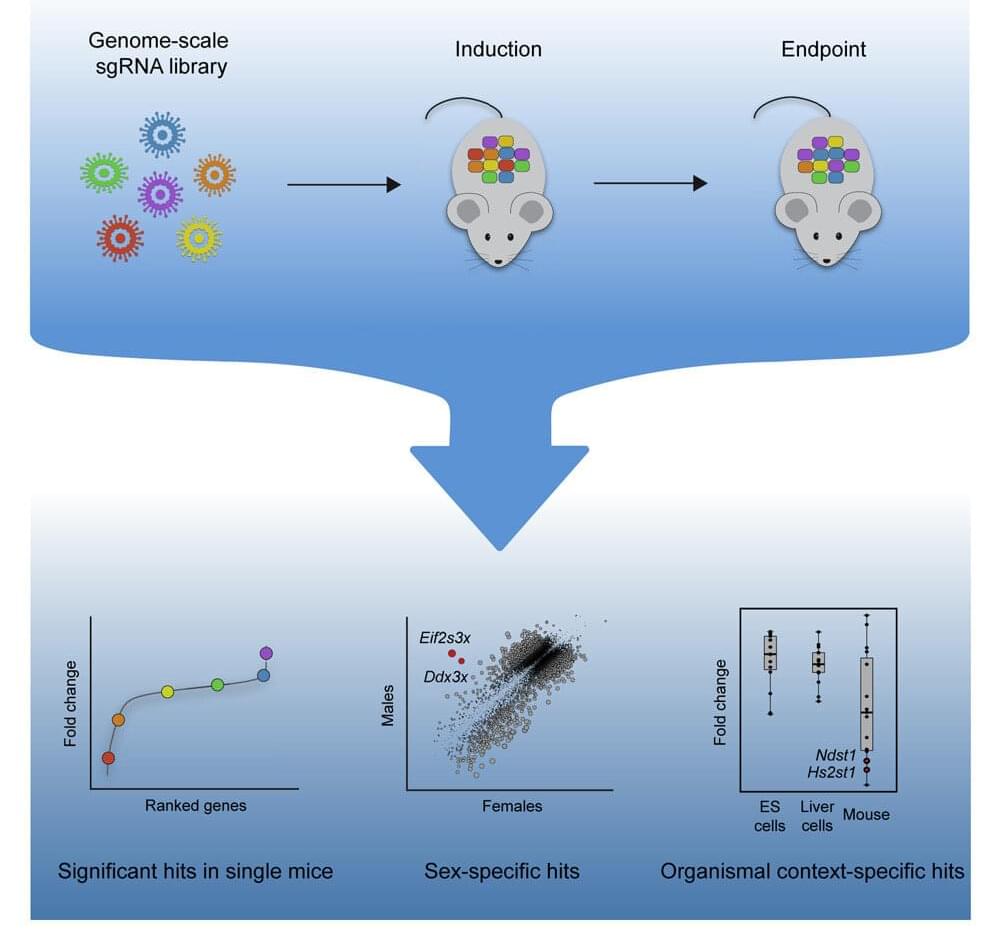For the first time, researchers implemented a type of AI called a deep neural network into a photonic (light-based) device. In doing so, they’ve come closer to making a machine that processes what it “sees” like humans do, very quickly and efficiently.
For instance, the photonic deep neural network can classify a single image in less than 570 picoseconds, or nearly 2 billion images per second. To put things into perspective, the frame rate for fluid footage sits between 23 and 120 frames per second.
“Direct, clock-less processing of optical data eliminates analog-to-digital conversion and the requirement for a large memory module, allowing faster and more energy-efficient neural networks for the next generations of deep learning systems,” wrote the authors from the University of Pennsylvania.









